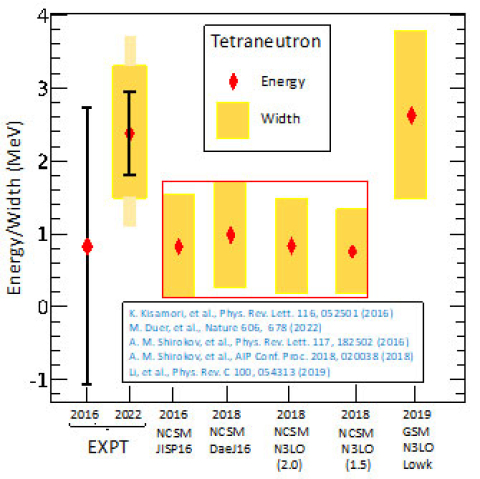
Long predicted by theory with support from supercomputers, this combination of neutrons advances nuclear physics
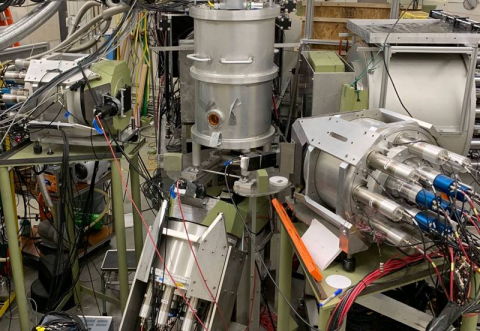
Scientists measure the proton’s electric and magnetic polarizabilities using the High Intensity Gamma Ray Source (HIGS).
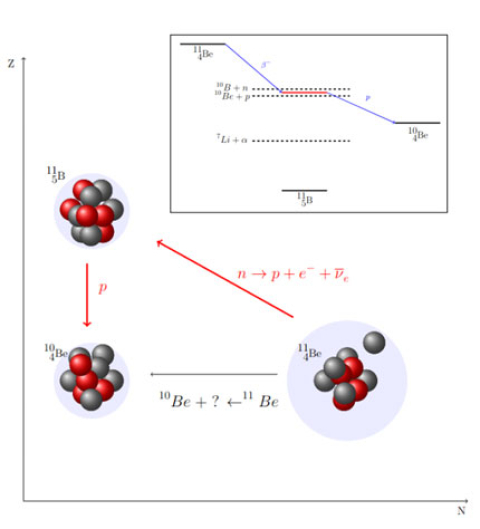
The observation of a resonance in the boron-11 nucleus suggests that the proton emission from beryllium-11 is a two-step process rather than a dark matter decay channel.
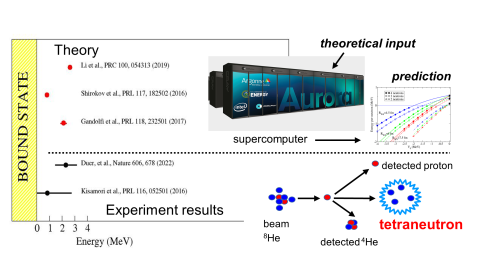
Experiments confirm the NUCLEI collaboration’s predictions of the existence of the tetraneutron.
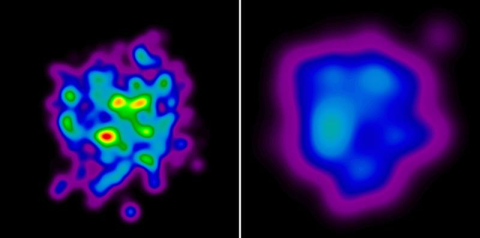
Theoretical study exploits precision of new heavy ion collision data to predict how gluons are distributed inside protons and neutrons

A weak proton emission following beta decay constrains the formation of elements in stellar nova explosions and determines their peak temperature.
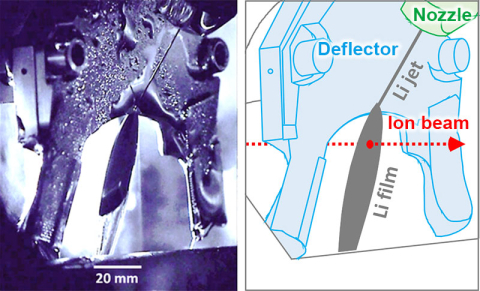
The Facility for Rare Isotope Beams has demonstrated an innovative liquid-lithium charge stripper to accelerate unprecedentedly high-power heavy-ion beams.
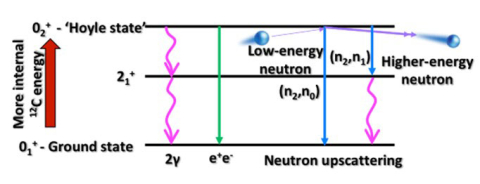
Using Earth-based particle accelerators, scientists measure the reactions that take place in stars to produce carbon.
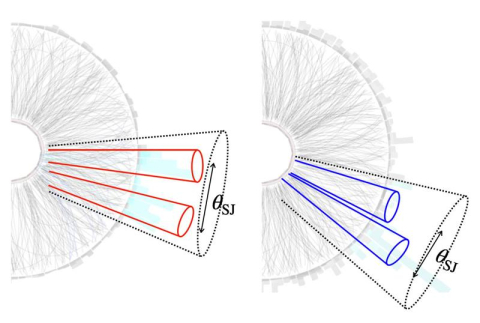
The results may offer insight into the quark-gluon plasma—the hot mix of fundamental nuclear-matter building blocks that filled the early universe.
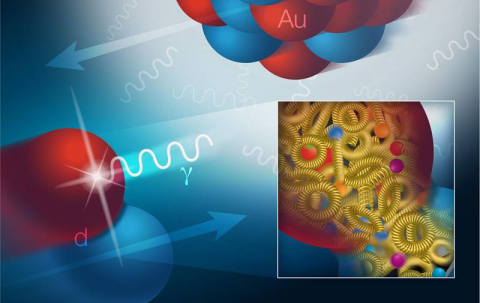
Photon-deuteron collisions offer insight into the gluons that bind the building blocks of matter—and what it takes to break protons and neutrons apart.

